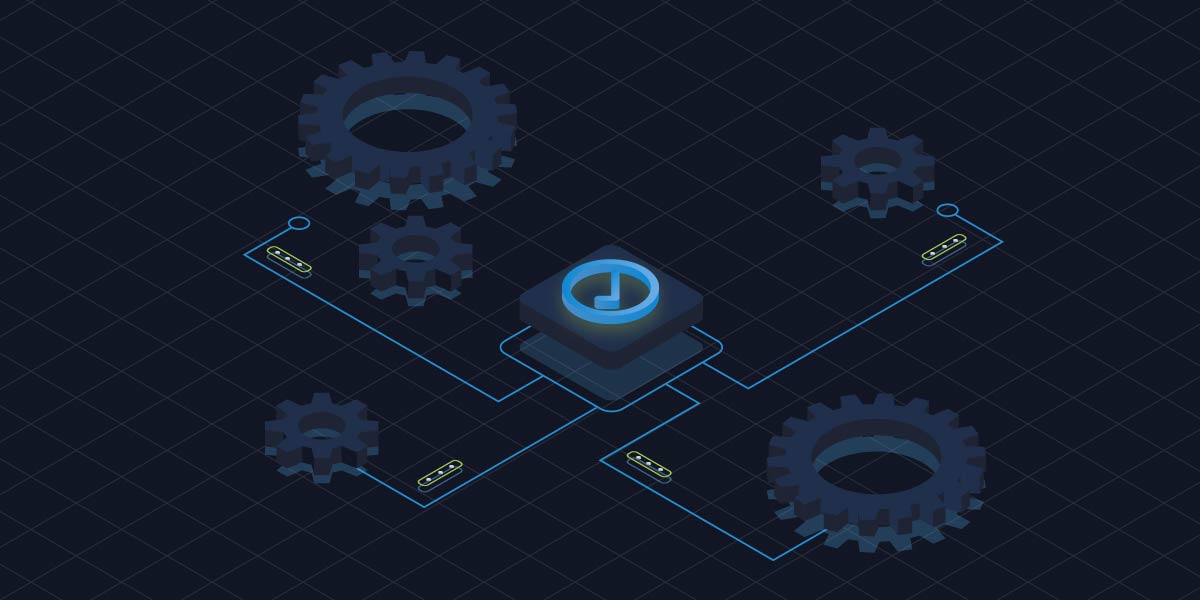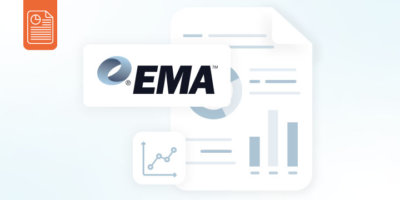Most enterprise IT organizations struggle with network and cloud infrastructure configuration management and worry that their networks will fail configuration compliance audits. This issue is amplified as enterprise network engineers continue to take the “if it’s not broke, don’t fix it” approach to network infrastructure management. With that said, companies are beginning to demand more from their networks. Enterprise IT organizations are seeking out solutions that will enable them to be more agile and secure. As a result, infrastructure and operations teams are turning to network automation solutions.
Key findings from an Itential State of Network Automation survey demonstrate that any network automation initiative should include automated configuration compliance enforcement as a foundational building block. Moreover, configuration compliance should be applied to automation initiatives across any part of the network, from the data center to the cloud and out to the edge. By further analyzing the results of this report, organizations gain a better understanding on why such capabilities are necessary and how to make strides towards such solutions.
Outlining Current Setbacks
Selecting the right tools to utilize as part of the network automation management process is not always a straightforward task. Network engineers need to consider the complexity of the environment, those who will be managing it, operational processes, etc. In fact, only 34% of network management professionals are completely satisfied with the tools and processes they use for network configuration management.
Network complexity also impacts the effectiveness of network configuration management, and as such, satisfaction is lowest in the largest networks. With more devices under management, changes can take longer and are more prone to error and this dissatisfaction leads to high anxiety. Three out of four IT organizations are at least somewhat concerned that their configuration management process could cause errors that lead to security issues or performance problems.
Of course, most IT organizations know their network configuration management processes need improvement. The report found that more than 60% of respondents are not confident that major parts of their networks could pass compliance audits, particularly in the data center and public cloud domains. This proves that organizations know they are at risk of fatal errors when it comes to operating their network successfully. The question remains, how can this be fixed?
Considering Next Steps
Configuration compliance is an essential starting point. Network engineers and architects generally know the intent of their network. They know how they want the network to behave and what network and security policies they want to enforce, but they aren’t confident in their network’s ability to comply with their intent. Reducing or eliminating manual configuration management processes can improve audit compliance and set up a technology organization for a successful network automation initiative. By enabling end-to-end automation across hybrid infrastructure, teams can ensure the consistency of network configuration compliance and accelerate processes like self-service networking.
Operational efficiency and reduced security risk must be top priorities. Automation can streamline operations by reducing time spent on repetitive tasks, allowing engineers to focus on strategic work. It can also reduce security risks by ensuring network device and service configurations adhere to strict security standards. Knowing that another 75% of organizations believe that self-service networking enabled by northbound APIs on network automation solutions will be at least somewhat helpful to IT operations, organizations can move forward knowing they will ultimately have the support they need to make such advancements.
Network automation, especially when managed through a simple platform, can drive operational efficiency, reduce security risk, and improve compliance. It is crucial for IT organizations to identify their priorities for using network automation to transform operations. Then, they can let those priorities guide their network automation initiatives.
Itential’s suite of network automation products provide network teams with a modern platform that couples compliance and automation together so they no longer have to be managed in pockets. To learn more about how network compliance is the key foundational element to achieving broadscale network automation, head here to watch our on-demand webinar, “Modern Network Compliance: How Network Compliance Accelerates Automation.”
Article originally published on https://www.apmdigest.com/






